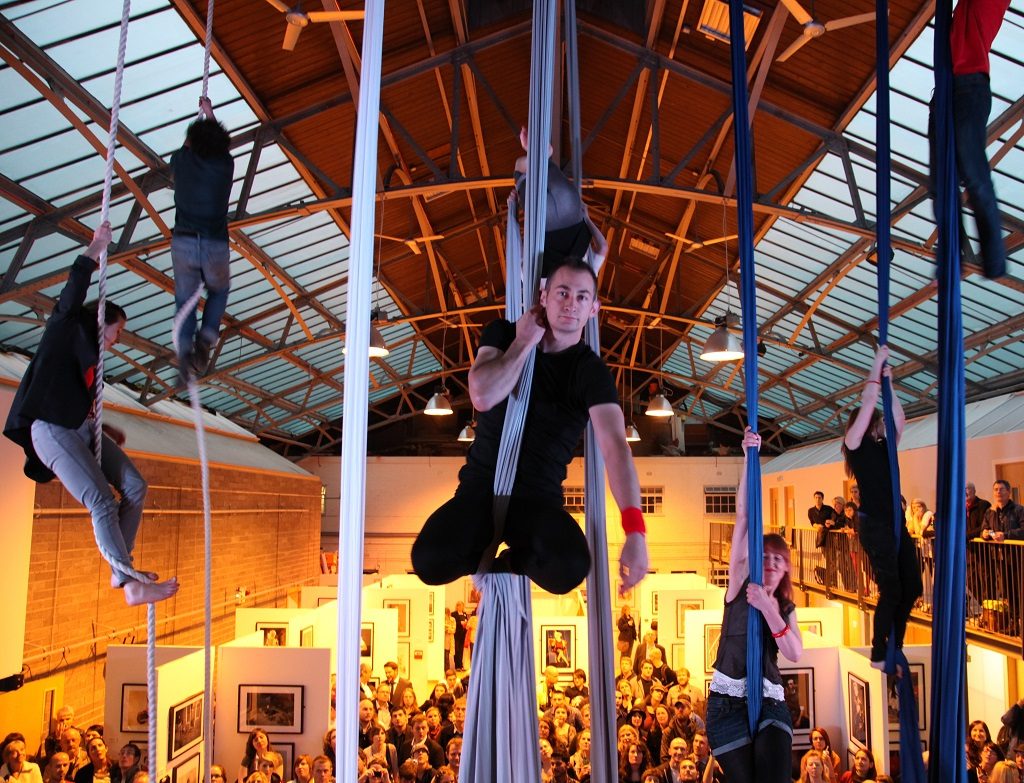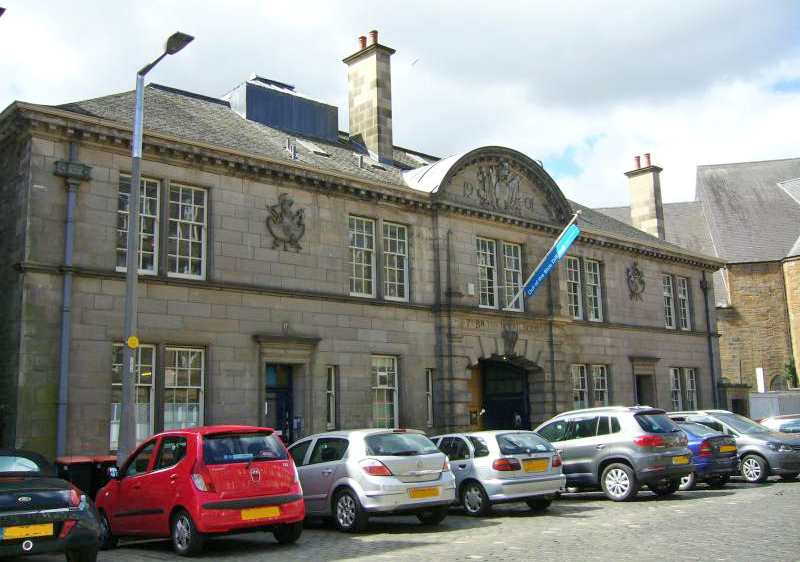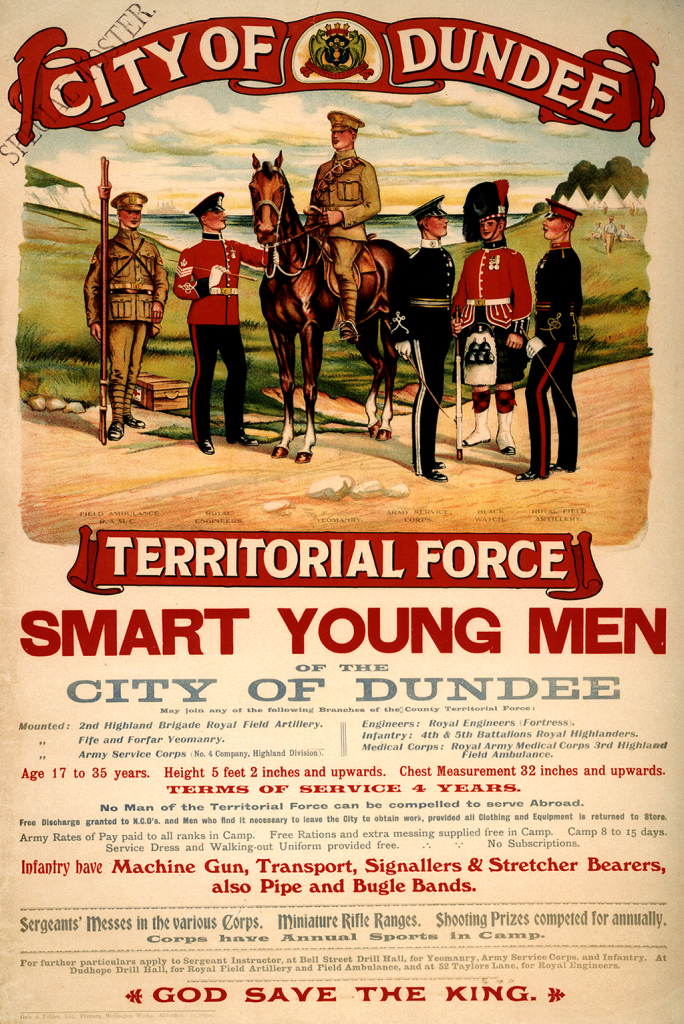To commemorate the centenary of the First World War, we recently carried out a review of Scotland’s Drill Halls. 35 of them are now listed buildings, and we updated the Out of the Blue Drill Hall (OOTB) in Leith from category B to A. In this post, OOTB Manager Rob Hoon explains what makes the hall so special.

Rob Hoon manages the Out of the Blue Drill Hall
In and Out of the Blue
Since 2004, Out of the Blue Art and Education Trust’s headquarters has been the Out of the Blue Drill Hall. Thanks to a programme of careful restoration, this former military building is now an inclusive arts and cultural centre.
The hall is home to
- artists’ studios
- rehearsal and performance arenas
- exhibition spaces
- a well-reviewed café!

The building is now an arts and cultural centre
The refurbishment was self-managed by OOTB, calling on the expertise of City Architect Office and a team of dedicated build professionals. The design work has been lauded for its quality, build standard and environmental sustainability.
History of the Drill Hall
The building has considerable historical and cultural significance to the Leith community.
It was designed by renowned architect Sir Rowand Anderson. He also designed the National Portrait Gallery on Queen Street and the McEwan Hall at Edinburgh University.
Built in 1901 for the Royal Scots Regiment, it was used as a barracks, a training centre, and latterly a garage for military vehicles. OOTB bought it from the Territorial Army in 2003.

Out of the Blue Drill Hall
The drill hall is a listed building because of its architectural heritage, but also its historical significance in the local area.
In 1915 the Gretna Disaster killed 227 people and injured 246 others. 102 of those killed were young men from the 7th (Leith) Battalion of the Royal Scots. They were on their way to Liverpool, due to leave for Gallipoli.
The bodies of the victims were laid out in the Drill Hall prior to burial in nearby Rosebank Cemetery. Today, the Drill Hall stands as a memorial to one of the greatest tragedies to affect the community of Leith.
Gretna 100
In 2015, we gained support from the Heritage Lottery Fund to produce the Gretna 100 project.
We got a group of community actors to devise a piece of promenade theatre, Persevere. They guided the audience around the Drill Hall to glimpse stories of Leithers 100 years ago. They saw families saying goodbye to sons and brothers, hearing the news of the crash and coping with the aftermath.
In addition, a group of community researchers worked with Citizen Curator and artist Jan-Bee Brown to create an exhibition. Seven of the 7th explored the disaster through the stories of seven soldiers who were involved.
This exhibition also included The Tree of Life. Produced in partnership with Pilmeny Youth Centre and artist Heather Scott, this saw pupils from Leith Academy help to make glass dog-tags for each of the 216 soldiers who died.
Out of the Blue Drill Hall based film maker Ray Bird made a brilliant documentary film of Gretna 100. It shows how a participatory arts project can have a long lasting impact for participants and audience alike.
Scotland’s Drill Halls
Of the 350 or so Drill Halls built in Scotland between the 1860s and the First World War, around 180 survive. If you would like to learn more, download our booklet Buildings: Scotland’s Drill Halls.

TA recruitment poster from around 1910 – recruits would have trained in one of Scotland’s Drill Halls © National Museums Scotland
Rob Hoon joined OOTB in 1999 after a decade working in community arts and education in Wester Hailes. His role has been to develop the organisation by mixing the tools of business and projects of educational, economic, cultural and social impact. This model has included the purchasing and refurbishment of the Out of the Blue Drill hall.

